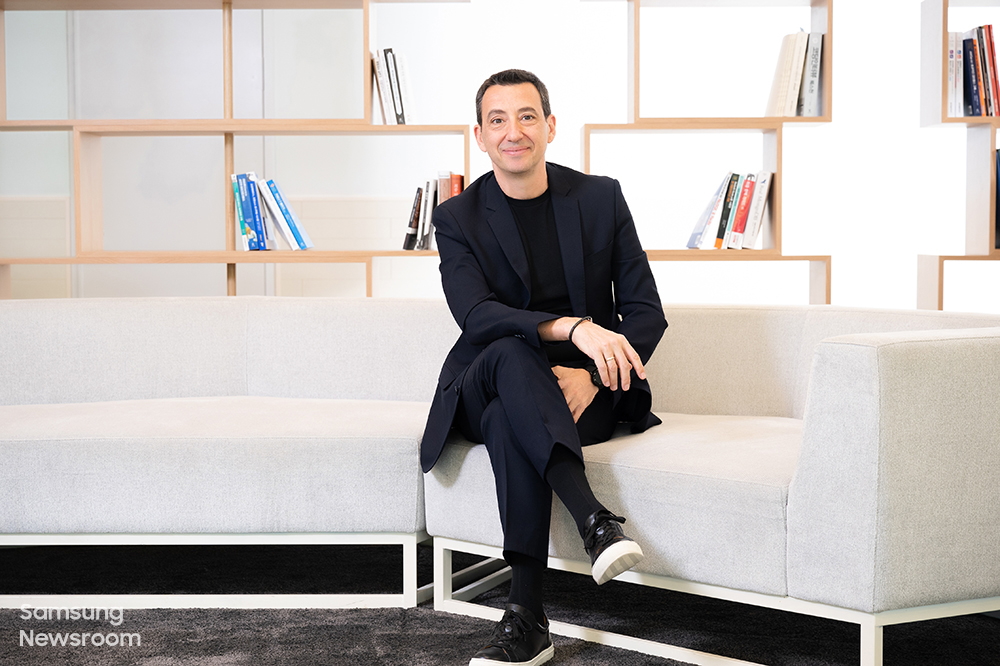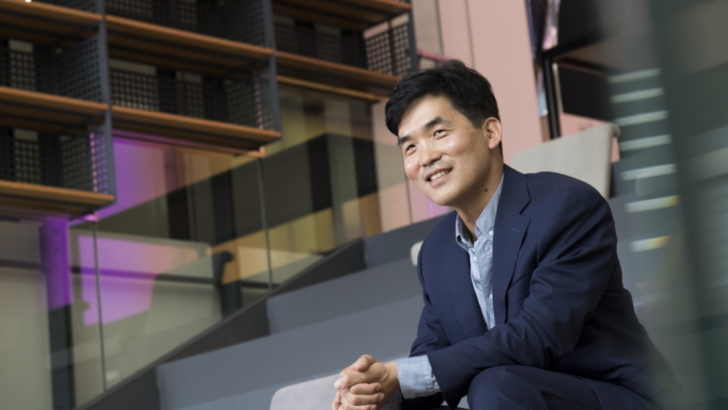[Editorial] How the E&I Lab Within Samsung Research Is Redefining the Future
on June 11, 2021
The world has changed so much since the beginning of 2020. However, even before the COVID-19 pandemic, Samsung was heading down a path in which its technological leadership was creating great opportunities not only to invent the next generation of devices, but to use technology to make people’s lives better. We were beginning to make progress on redefining the future — a future that looks quite different now than it did when we imagined it in 2019.
With global studios in Seoul, Korea, San Francisco, U.S. and Milan, Italy, the Experience and Insight Lab (E&I Lab) – a new division of Samsung Research, an advanced R&D hub that leads the development of future technologies for Samsung’s consumer product business – was created to help bring that future to fruition.
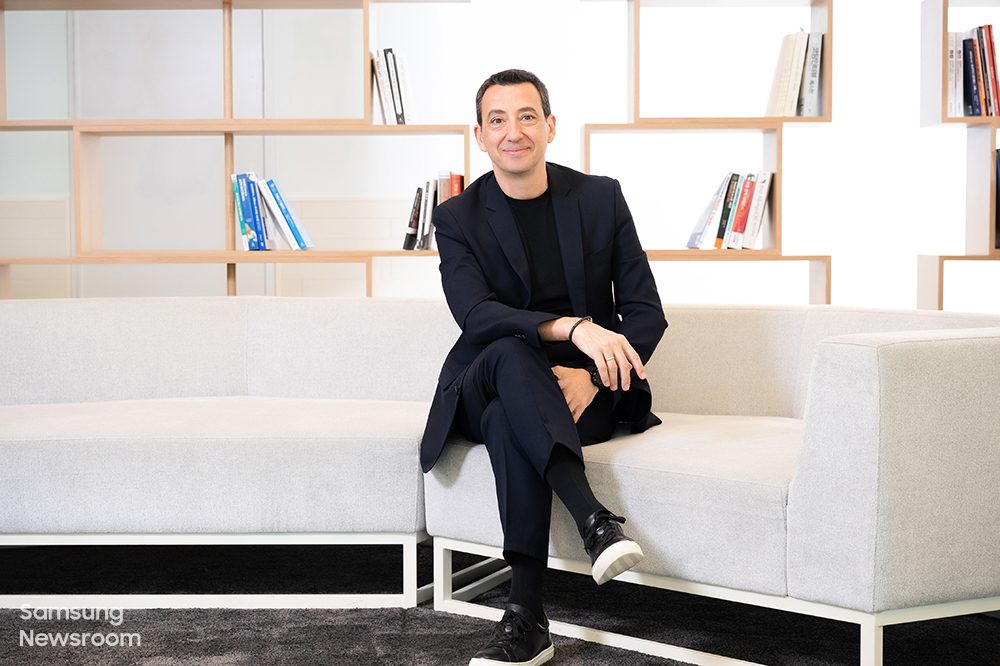
△ Federico Casalegno, Senior Vice President and Head of the Experience and Insight (E&I) Lab
Examining Experiences and Why They Matter
New technologies are offering consumers increasingly more sophisticated experiences, but in some cases they can also overwhelm users with their complexity. This is important to note given that in the near future, it is predicted that we will average more than 20 connected devices per person and almost 40 per household.1 This is why we must focus on experiences first, rather than products themselves.
I define an experience as the journey customers take with products and solutions, which includes the emotional journey that they take over time. The experiences are not about the technology, which is a component of the experience, but about how customers holistically interact with solutions (including products, services and spaces) over time.
These journeys of holistic interactions are precisely what the E&I Lab has been tasked with exploring. Focusing our efforts on examining those journeys will help ensure that the experiences we develop better serve people’s needs. It will also enable us to make users’ experiences with their products and services both smoother and more satisfying.
Having a meal at home provides a simple way to understand what we mean by experiences in this context. The memories we make while enjoying great food with family and friends can be some of the finest experiences of our lives. We remember our dinner experience and the laughs and warm atmosphere with friends and family, but our memories don’t focus on the app we may have used to pay for the meal, or the devices we used to whip it up. While we can focus on designing the best products, supported by cutting-edge technologies, we need to remember that those products are not the experience in and of themselves; they simply help enable that experience. People don’t just buy products; they buy the experiences that those products enable.
Transaction-centric companies tend to design technologies first and then look for ways to sell them to people. An experience-driven company must be willing to forego creating a new technology, or even abandon one it has created, no matter how impressive it may be, if people don’t need it to enable the desired experiences.
To make this difference between using a technology and enjoying an experience even clearer, I’d like you to consider the step counter on your smartphone or wearable device. From an engineering perspective, we tend to think about step counters in terms of how they work and how accurate they are. To be sure, achieving precision and accuracy are difficult and certainly important. But to users, those factors are in the background; ideally, they are invisible. When we adopt a human-centric design perspective, we consider what counting steps means to users – that is, how the experience adds to their lives beyond simply counting steps. We ask, “What does step-counting technology empower users to do? What kinds of things – tech-related or not – matter to people who count their steps?”
Our approach to design is unique in that it aims to bridge the gap between great technological advances, design, and human needs. Drawing from a deep understanding of people’s lifestyles, our approach places users front and center at the earliest stages of the innovation process. We examine Samsung Research technologies through a user-centric lens, and we use the insights we acquire to develop solutions that streamline users’ lives with meaningful experiences.
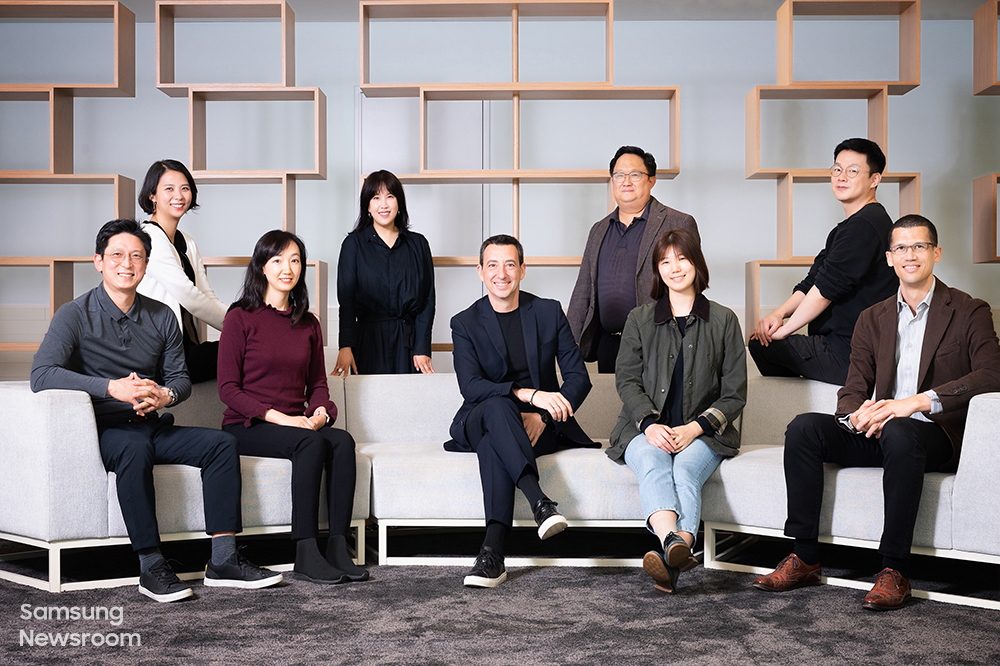
△ Members of Samsung Research’s Experience and Insight (E&I) Lab
Introducing a New Samsung Research Lab
The E&I Lab’s mission is to help the company better understand people’s needs, aspirations and lifestyles in order to craft meaningful experiences through innovative products and cutting-edge technologies. We do this by monitoring emerging trends and cultural shifts, and discovering social and technological changes, and we use these insights to design, prototype, deploy, learn and deliver.
Our goal is to work with and learn from consumers to explore what technologies should do rather than what they could do. We focus on innovation from the perspective of humans and humanity, and we bring that perspective to bear in Samsung Research’s technologies.
The E&I Lab and its multidisciplinary team’s new approach to research and development is centered on creating experiences for people. The “insight” part of our lab’s name refers to how we identify customer needs based on a deep understanding of people’s values, behaviors, and lifestyles, and develop insights so we can design solutions that satisfy those needs.
Factors once considered unrelated to design suddenly become critical when taking a human-centric approach to technological design. These include not just socioeconomic trends and issues, but also multiculturalism, gender inclusion, and a host of other considerations. Central to our concept of design are the beliefs that we must always account for the fact that we live in a complex ecosystem with people of various cultures and views, and that our planet and environment must always be taken into consideration.
The best technology is created based on a deep understanding of why humans need technology in the first place. Our lab seeks to promote a new way of thinking – one based on the idea that people do not adopt products or services based merely on specs or features. For example, people don’t want a camera per se; they may want it because they love storytelling, and they want the experience of capturing and sharing moments that a camera provides.
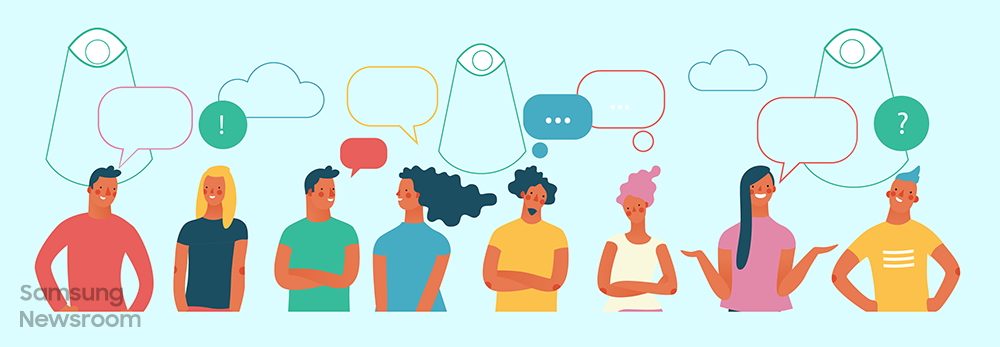
We recognize that this is a new way of thinking, one that celebrates our passion for great technology while at the same time confronting the reality that technology often turns out to be little more than perfection without purpose. That happens when we fail to put human progress at the very core of our objectives. This kind of progress comes from the synergy between technological advances and human-centric design, which can unlock infinite possibilities in terms of offering people delightful experiences.
We aim to achieve that synergy by leveraging Samsung’s incredible engineering capabilities and what we bring to the table as designers, having adopted this focus on experiences and people’s wants and needs. That synergy will establish Samsung as the leader in an experience-driven world – one that genuinely learns from and works for consumers.
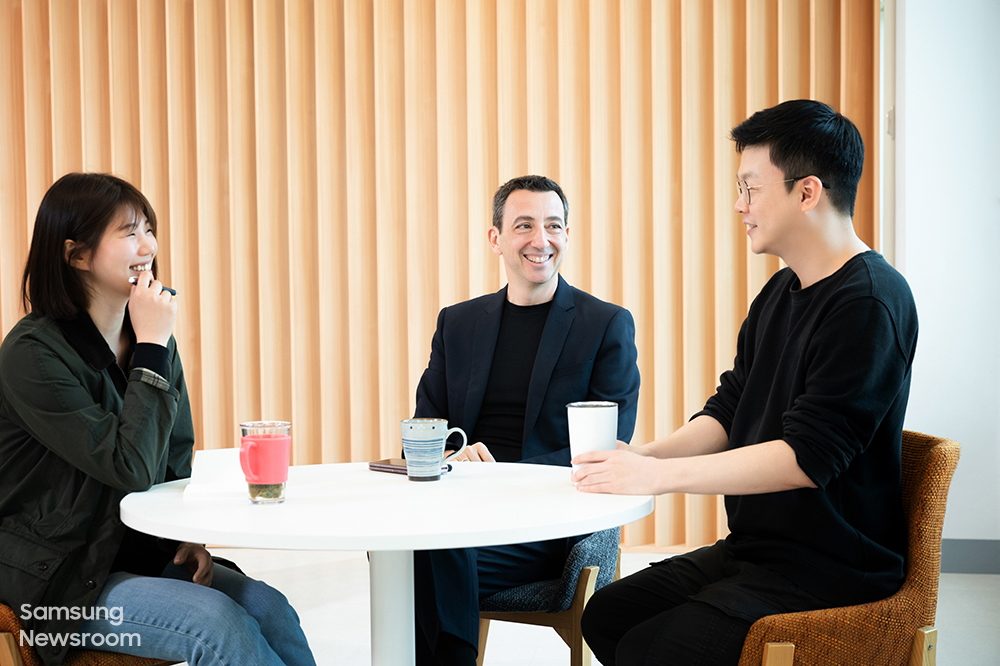
Our Approach
What does the E&I Lab’s human-centric approach to design look like? Once we have a clear idea of the people for whom we are designing and the meaningful experiences that our technologies can enable, we set out to create whatever is called for.
Our work requires rapid prototyping and deploying, which enable us to make an idea tangible. We go beyond the traditional prototyping of things and instead we prototype “problems” – that is, the questions we are trying to answer, or the needs and desires for experiences we are trying to fulfill.
Designers are problem solvers, and good designs begin by first identifying the problems we need to solve. This makes it possible to identify what people genuinely want. Only when we believe we’ve found the problem should we start prototyping and engineering any sort of solution, including a space, an interaction, or even a story. After all, a prototype is all about what a design could be, not necessarily what it should or will be.
In essence, this sort of prototyping requires us to codesign with the people for whom we innovate. It encourages feedback early and often, and it offers us opportunities to learn and improve. Our human-centric approach deliberately breaks the boundaries of established disciplines to escape the confines of technology-driven design. It is multidisciplinary because humanity transcends types, and because the experiences we want to enable are complex and holistic.
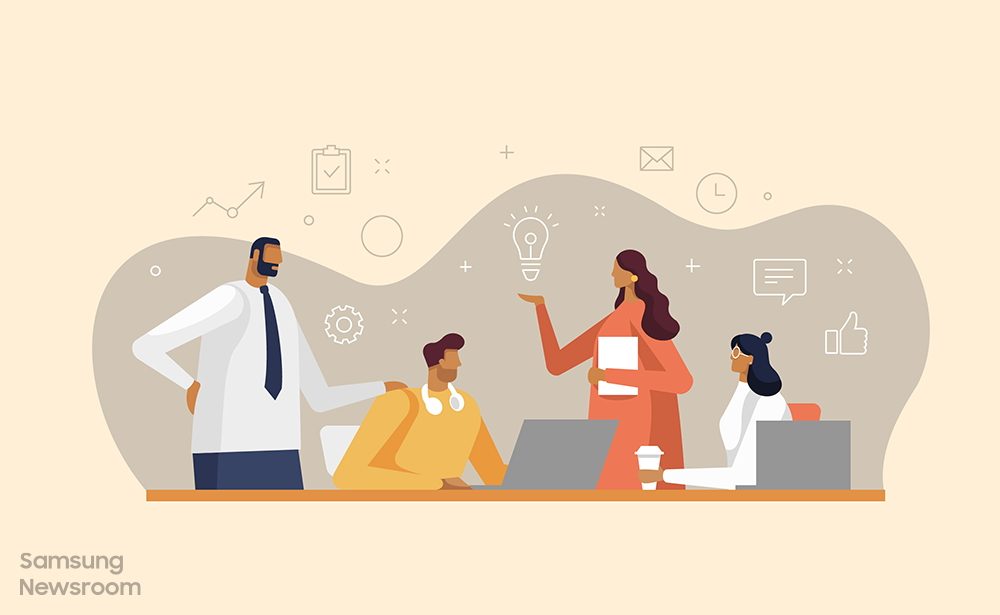
It’s Time to Rethink How We Design Experiences
The world has changed. Today, you can’t lead technologically if you aren’t also leading culturally, with purpose and humanity in mind. The E&I Lab’s perspective is based on a belief that a tech company can be considered a leader only if it is human- and humanity-centric.
This has tremendous implications for design, as I’ve attempted to explain here. If the COVID-19 pandemic has shown us anything, it’s that people don’t need better technologies per se, and they certainly don’t need more bells and whistles. They need technologies that help them live better and enable them to achieve their dreams. That is why the E&I Lab wants to redefine experiences in design from a technological standpoint.
Design plays a distinct role in advancing knowledge and creating benefits for humanity. It sparks and complements innovation in the arts, sciences, and technology. Now more than ever, successful designs must be defined by the degree to which they reflect a deeper understanding of humanity’s social and environmental needs.
The E&I Lab breaks boundaries by taking a big-picture view and identifying designs, as opposed to technologies, that the market may be missing. Our process combines problem-solving with critical reflection, and engages with people from the very beginning in order to produce technologies that fulfill their needs and goals rather than our own.
We look forward to harmonizing the E&I Lab’s goals with the work of Samsung engineers around the globe.
1 Brent Heslop, “By 2030, Each Person Will Own 15 Connected Devices – Here’s What That Means for Your Business and Content,” MarTech Advisor, March 4, 2019
